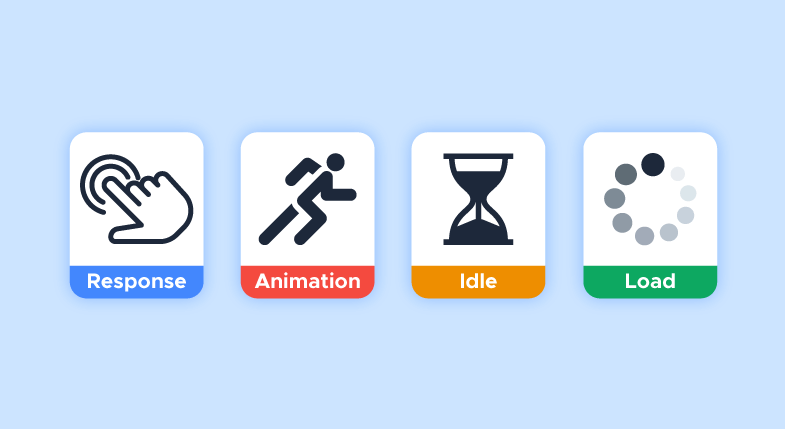hey we have a very special gift for you
WelCon
BlackFridayCon
ChristmasCon
Mastering Web Performance with Response Animation Idle Load (RAIL)

In the fast-paced world of web development, performance is paramount. Users expect websites to load quickly, respond instantaneously to their actions, and provide seamless interactions. Achieving optimal performance requires a holistic approach, and Response Animation Idle Load (RAIL) is here to guide developers in this endeavor. Let’s explore how RAIL can help master web performance and deliver exceptional user experiences.
1. Response: Reacting to User Input
Responsiveness is the cornerstone of a great user experience. When users interact with a website, they expect immediate feedback to their actions. Response in RAIL emphasizes the importance of keeping response times under 100 milliseconds. By optimizing event handlers, minimizing JavaScript execution time, and leveraging browser APIs like requestAnimationFrame, developers can ensure that user interactions are smooth and snappy.
2. Animation: Creating Smooth Transitions
Animations play a vital role in guiding users’ attention and conveying information effectively. However, poorly optimized animations can hinder performance and detract from the user experience. With RAIL, developers aim to achieve animation frame rates of 60 frames per second (FPS) to ensure smooth and jank-free animations. By utilizing CSS transitions and transforms, as well as hardware acceleration where available, developers can create visually stunning animations that enhance rather than detract from performance.
3. Idle: Maximizing Efficiency During Idle Periods
Idle time presents an opportunity to perform non-essential tasks without impacting user experience. In the context of RAIL, developers focus on leveraging idle periods to prefetch resources, perform lazy loading of off-screen content, and execute background tasks such as analytics or pre-rendering. By making efficient use of idle time, developers can minimize loading times and improve overall performance without interrupting critical user interactions.
4. Load: Streamlining Resource Loading
Load performance is crucial for delivering content quickly and efficiently. With RAIL, developers prioritize loading critical resources within the first few seconds to ensure a fast initial render. Techniques such as code splitting, lazy loading, and optimizing asset delivery through techniques like compression and caching help minimize time to interactive and improve perceived performance. By streamlining resource loading, developers can create a seamless browsing experience that keeps users engaged from the moment they land on a webpage.
Conclusion: Response Animation Idle Load (RAIL) provides a comprehensive framework for mastering web performance and delivering exceptional user experiences. By focusing on responsiveness, smooth animations, efficient use of idle time, and streamlined resource loading, developers can create websites that are fast, fluid, and engaging. Embracing the principles of RAIL empowers developers to optimize performance at every stage of the user journey, ultimately leading to happier users and more successful websites.
Join us on the journey to mastering web performance with RAIL, where every millisecond counts and every interaction is a delight.
Stay tuned for more insights and updates on optimizing web performance with RAIL!